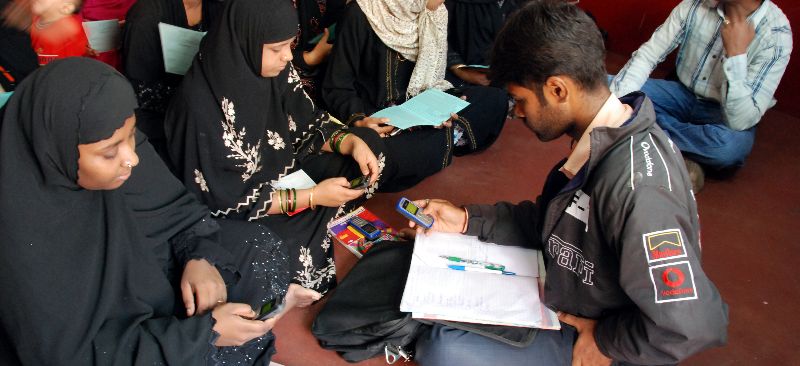Villagers in Lower Assam are pioneers on the frontiers of informal finance, according to the results of recent field work conducted by the Indian Institute of Bank Management. This note provides an overview of the village financial systems in Northeast India, highlighting the flexibility and the multiple needs met by these Accumulating Savings and Credit Associations (ASCA).
Blog
SHGs Should Balance or Break
India Focus Note 19 addresses the issue of the lack of audits of SHG balance sheets. It highlights the fact that Self-Help Group members are unable to use SHGs as a reliable source of savings because they cannot be sure that all their deposits are accounted for. Furthermore, it points out that without proper control systems, SHG savings are exposed to abuse. The authors argue that “Unless they balance annually, SHGs should break every 2-3 years by providing an unconditional cash-out opportunity (…) to all members.” This note also provides an array of management tools to SHGs and advice on what banks should do before lending to them
M PESA Kenya
In this video, Nick Hughes, Head of International Mobile Payment Solutions, Vodafone Group, talks about their product M-Pesa in Kenya- a mobile payment service which allows customers with a prepaid phone to move money between accounts. Vodafone has promoted M-Pesa as a mobile payment service that is quick, convenient and secure. He further explains the simple process in which M-Pesa works. Talking about Vodafone’s expansion plan in other parts of the world, Nick enlists the reasons behind the success of M-Pesa.
Institutional Culture and Transformation: From NGOs to Market-led MFIs
The transformation of microfinance NGOs into a more regulated legal form is seen as one of the most effective strategies for achieving scale and sustainability. However, transformation requires a significant change in institutional culture, affecting stakeholders at all levels – from clients and field staff to managers and board members. This note focuses on the experiences of Indian NGO-MFIs, and looks at what to expect and how to manage the institutional culture shift that accompanies transformation.
Client Protection Campaign The Role Of Funders And Governments
In this video, Kate McKee, Senior Advisor, CGAP, taking the discussion further on Client Protection Campaign enlists the role of funders and government towards creating healthy environment for the customers. Explaining the role donors and investors, Kate says that funders must set the right incentives and support providers to put better policies into practice. While talking about the role of the government, Kate says government regulation and involvement in client protection is very complex.
Client Protection Campaign The Role Of Providers
In this video, Kate McKee, Senior Advisor, CGAP, talks about Client Protection Campaign launched by the MFIs. Kate shares that MFIs have come together for the support of client protection and it includes providers, international organisations, donors, individuals etc. All have come together to raise awareness for client protection and support learning process across the industry. Simultaneously, Kate emphasises on setting up the right incentives by investors to ensure that client protection is exercised by MFIs. She says though regulation is good for the industry market regulation by Governments may adversely affect the centre.


